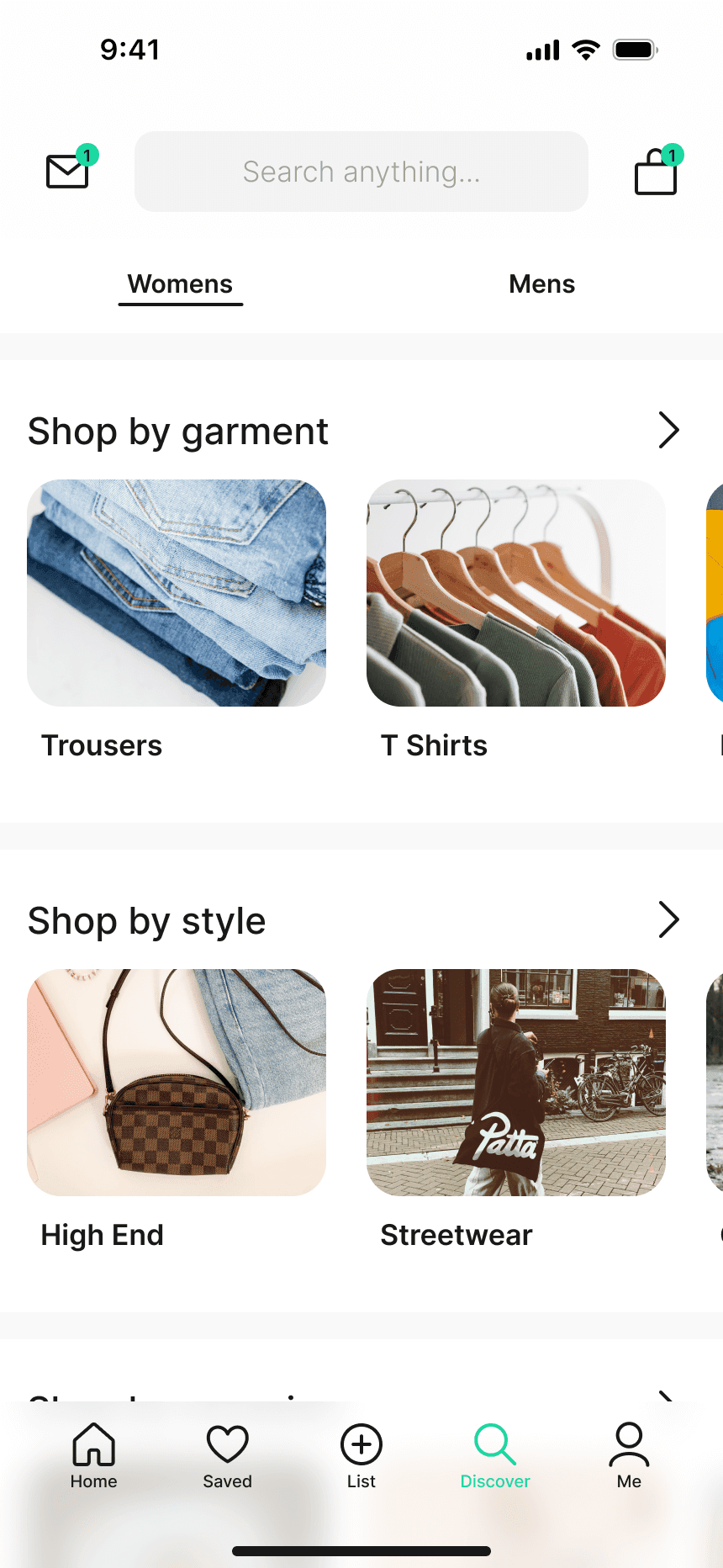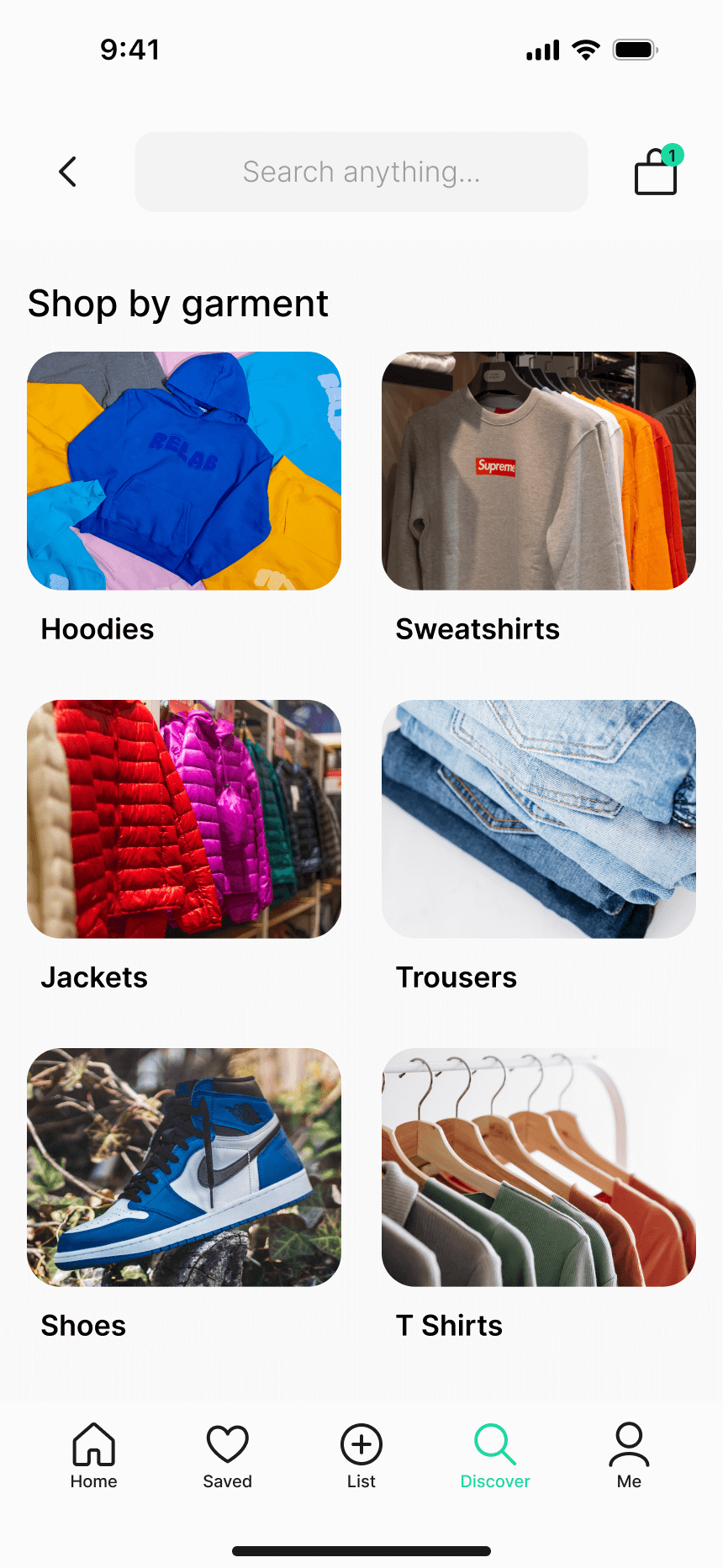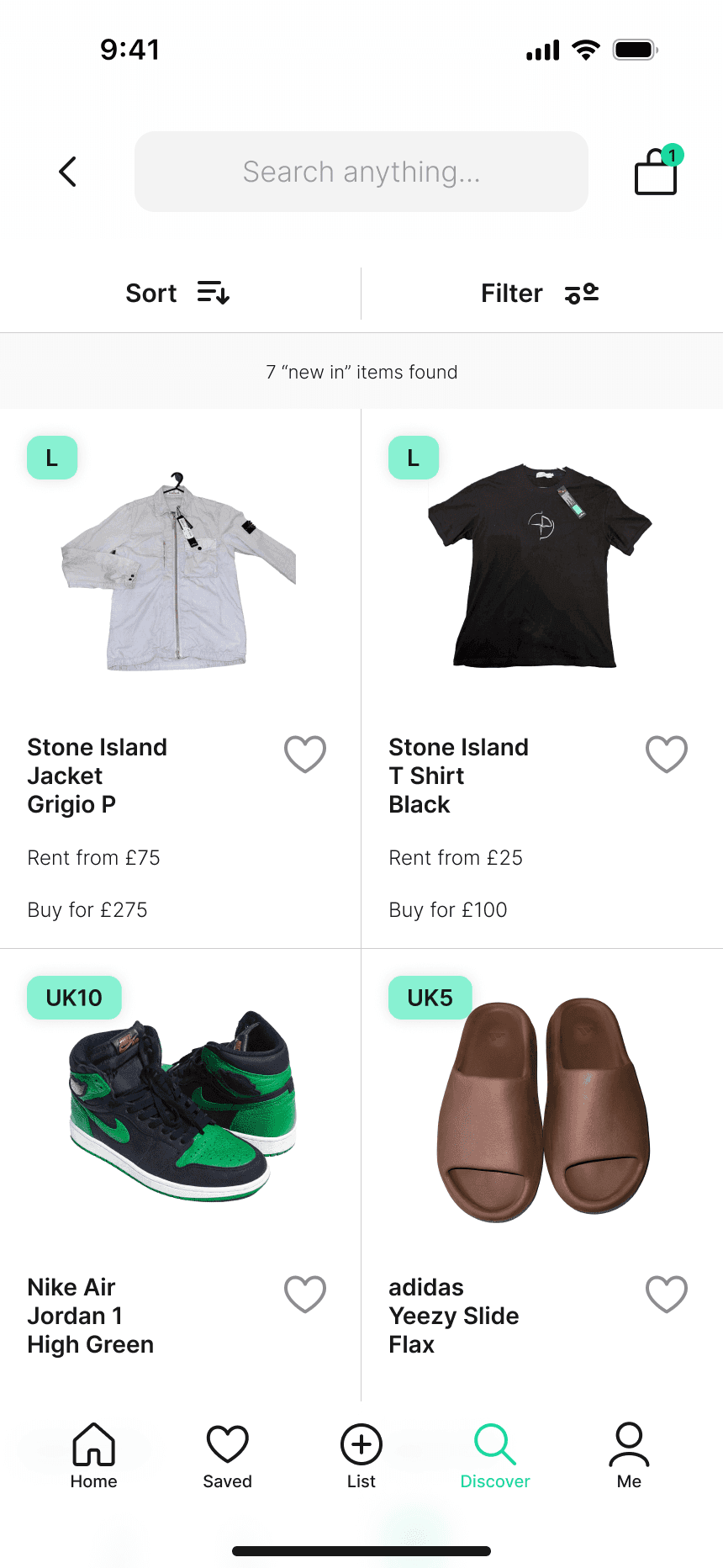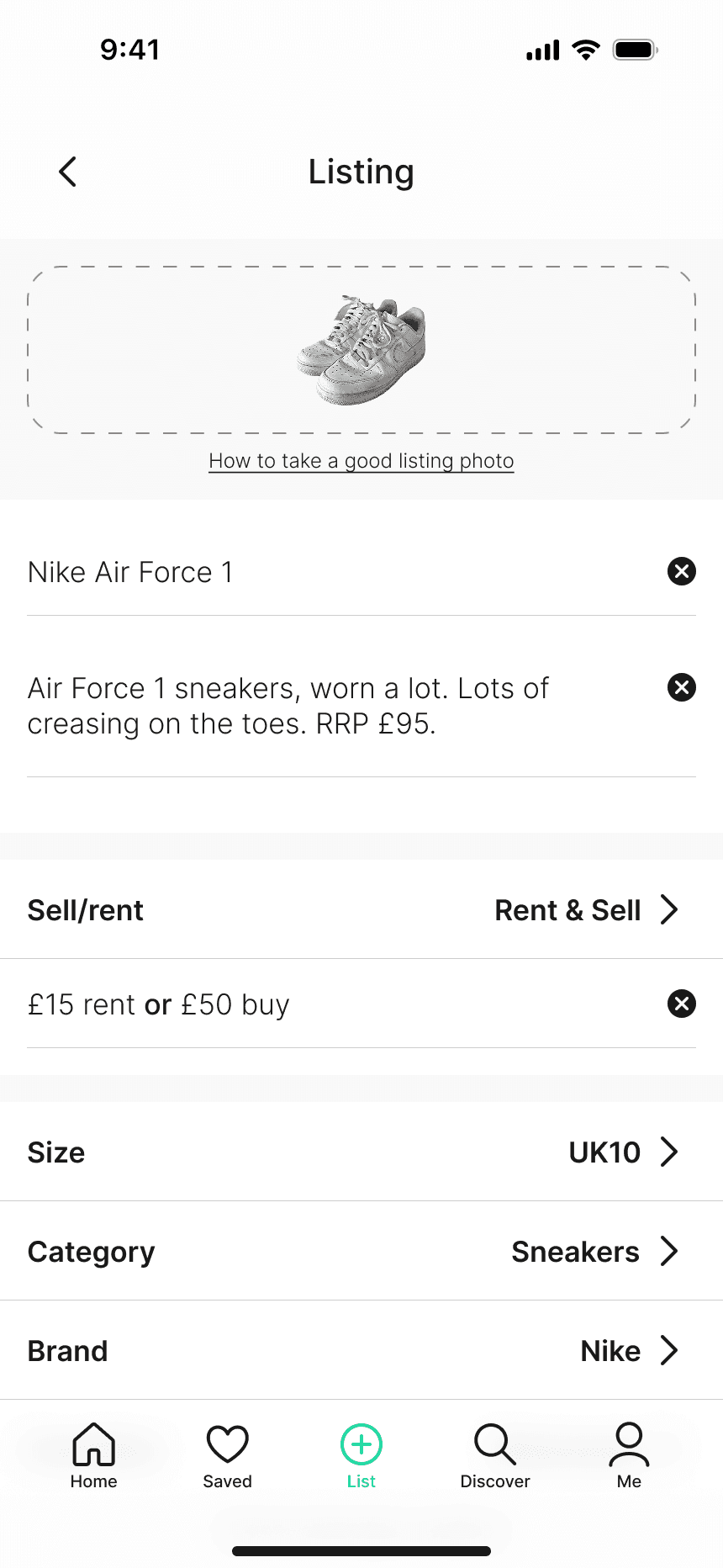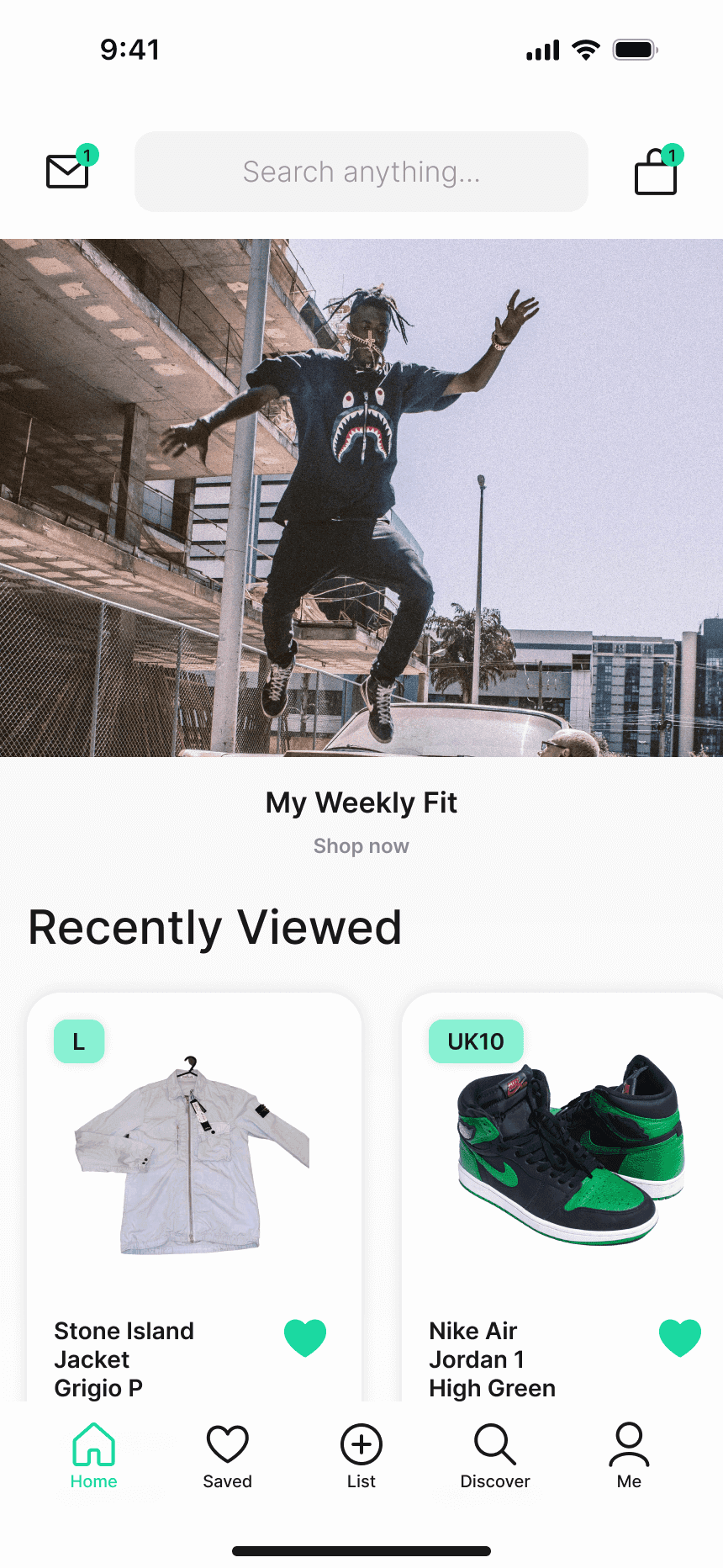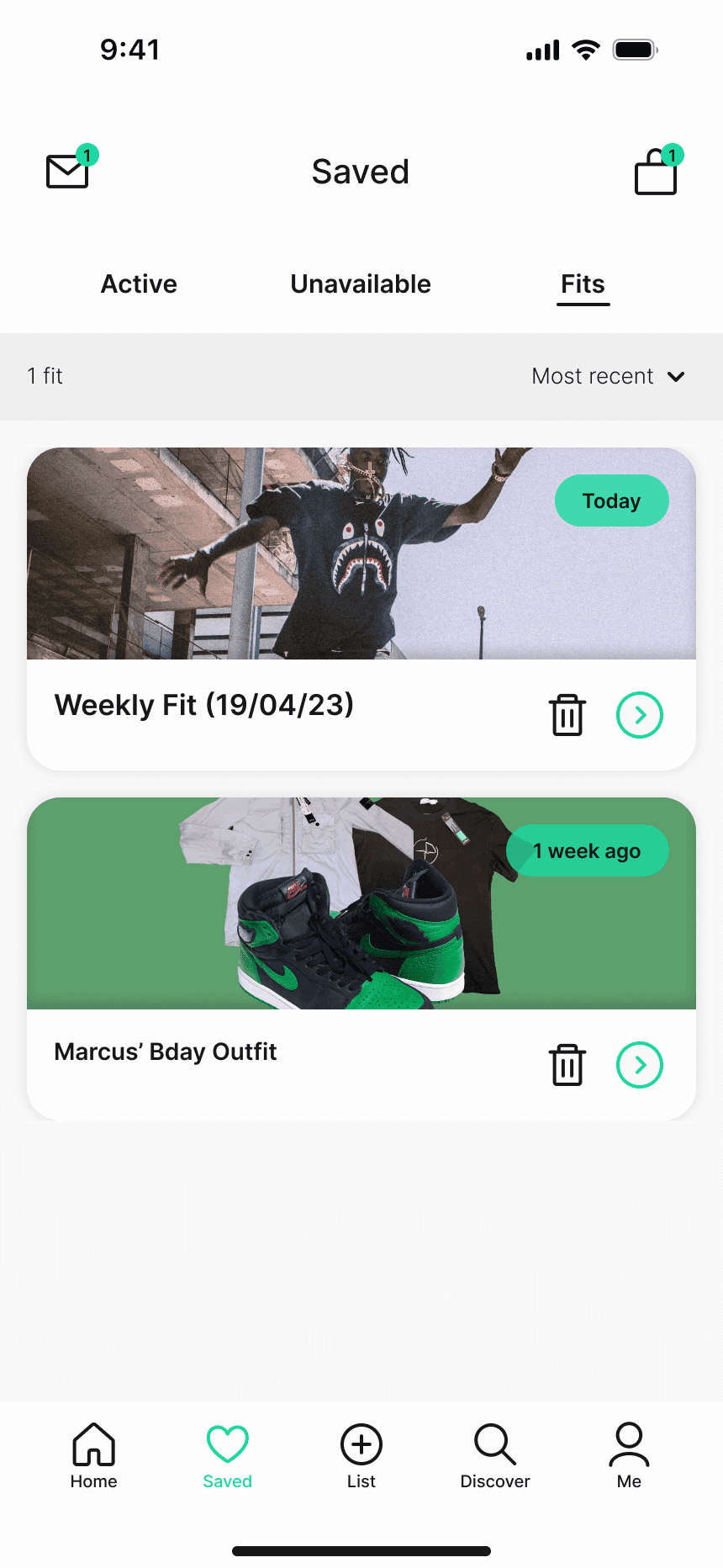Newish
Luxury clothing rental app tackling fashion & textiles waste
Responsibilities
UX/UI Design, User Testing, Product Strategy
Timeline
8 Months
Platform
Mobile Native
The challenge
The fashion industry significantly contributes to environmental degradation, with fast fashion leading to increased waste and pollution. Consumers often prioritise financial and materialistic factors over environmental concerns when purchasing clothing. The challenge was to develop a solution that aligns consumer behaviour with sustainable practices without compromising on style or affordability.

encourage users to adopt more sustainable shopping habits?
HMW:

differentiate from existing second-hand clothing platforms?
HMW:

shift the perception of second-hand clothing to be more desirable?
HMW:
Status quo
This project was undertaken as part of my honours degree, following a literature review I had conducted on how consumer purchasing habits negatively impact the environment.
The team
As a solo designer on this university project, I was responsible for every aspect — from initial research and ideation through to design, user testing and final execution.
Competitor analysis
To understand the landscape and user needs, I began by conducting a competitor analysis, identifying key players in the second-hand fashion space. One standout was ByRotation, a peer-to-peer luxury clothing rental service that differentiated itself from traditional resale platforms.
Quantitative survey
To deepen my understanding of consumer behaviour, I ran a quantitative survey exploring attitudes toward second-hand fashion. The responses revealed a growing interest in sustainable shopping, but also concerns around quality, convenience, and social perception.
User personas
These insights from my research shaped the development of two user personas — Rosa, a 24-year-old content creator seeking sustainable options for both buying and selling clothes, and Nile, a 21-year-old student navigating the cost and social expectations of luxury fashion.

Rosa Matthews
24 Years-old
Rosa is a junior content creator. She is becoming increasingly environmentally conscious and is looking for ways to shop more sustainably. She would also like to find new owners for her preloved clothes.

Nile Frank
21 Years-old
Nile is an accounting student. He is frustrated about the price of luxury clothing, and the social pressure to wear it. He ideally would like to wear luxury clothing without spending too much, and make money on his unwanted clothing.
Discover
The Discover section of the app was designed to make browsing second-hand fashion effortless and enjoyable. Users could filter listings by brand, garment type, gender, and style — allowing them to quickly find pieces that matched their preferences.
Listing
The Listing screen empowered users to upload and share their preloved fashion items with ease — either for sale or rent. The flow was designed to be intuitive, guiding users through the process of adding images, selecting categories, setting prices, and writing descriptions. Listed items could be found on a user's profile.
Personalisation
To create a more engaging and tailored experience, the app offered Weekly Fits — a curated outfit suggestion based on each user’s preferences, saved items, and browsing behaviour. This feature aimed to inspire users with fresh styling ideas while promoting pieces from the platform. Users could also take control of their style by building and saving their own custom outfits, mixing and matching items to create new looks.
User testing
After completing the high-fidelity prototype, I conducted usability testing with five participants and performed a thematic analysis on the feedback. While all users said they would use the app, none expressed interest in renting clothing.
Concerns

How reliable could deliveries be — will the clothes arrive on time?

What happens when an item returns in a different condition?

It doesn't feel right to wear clothes I wouldn't be able to afford normally.
These insights revealed a key challenge: without strong user buy-in for rental, the app risks blending in with existing resale platforms like Vinted or Vestiaire Collective — highlighting the need for further exploration to achieve true product-market fit.
Impact & learnings
This project resulted in a high-fidelity prototype with a strong visual identity and a clear user journey. Testing with five users provided valuable insights into real-world attitudes toward clothing rental, highlighting both opportunities and barriers. While the concept didn’t suggest product-market fit in its current form, the process offered meaningful lessons in user behaviour, sustainable fashion, and the challenges of designing for emerging consumer mindsets.




